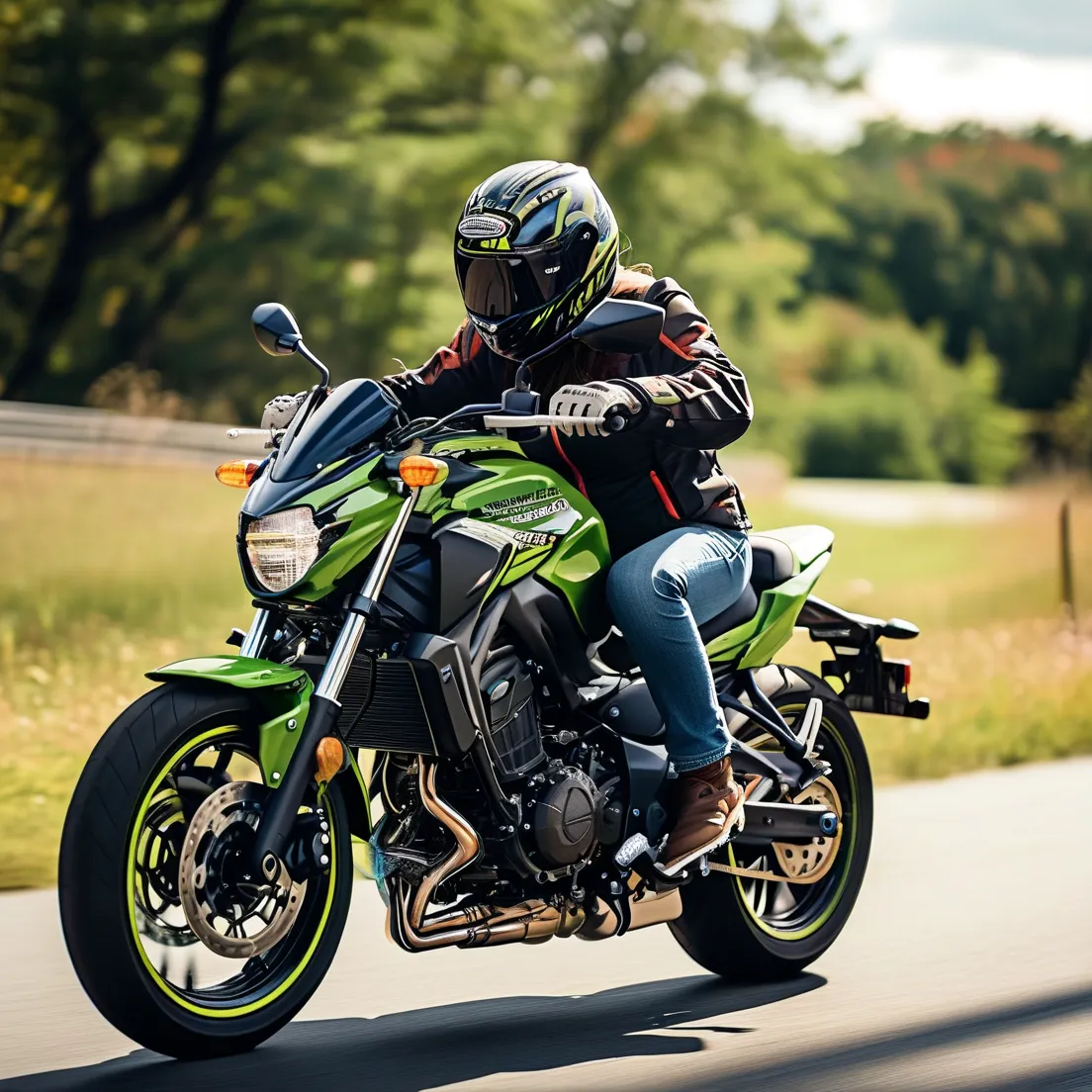Riding a motorcycle in New York offers freedom and adventure, but navigating the licensing process can feel overwhelming. With updated requirements in 2025, it’s crucial to understand exactly what’s needed to pass the motorcycle course test and secure your license efficiently. Here’s your step-by-step guide based on the latest NYS DMV regulations and insights from certified instructors.
1. Understand New York’s 2025 Licensing Requirements
Before hitting the road, confirm you meet the state’s criteria:
– Be at least 16 years old for a Class M Junior License (with restrictions) or 18+ for an unrestricted license.
– Hold a valid NYS driver’s license or learner’s permit.
– Complete a state-approved Motorcycle Safety Foundation (MSF) Basic Rider Course (BRC)—mandatory since 2024 for all new riders.
Why this matters: The NYS DMV reports that riders who complete safety courses reduce accident risks by 37% compared to self-taught riders (NYS DMV, 2024).
2. Ace the Motorcycle Permit Test First
The permit test is your gateway to practicing legally:
– Study the NYS Motorcycle Manual: Focus on chapters covering road signs, right-of-way rules, and alcohol impairment laws (impaired riding accounts for 28% of NY motorcycle fatalities [NHTSA, 2023]).
– Take online practice tests: Websites like MotorcycleTests.org replicate DMV questions.
– Pro Tip: Schedule your permit test early—DMV wait times average 3 weeks in metro areas.
3. Master the Motorcycle Safety Course in One Weekend
New York mandates a 16-hour BRC program, which includes:
– Classroom sessions: Learn collision avoidance, hazard scanning, and NY-specific traffic laws.
– On-bike training: Practice low-speed maneuvers, emergency braking, and swerving techniques.
– Final skills test: Pass this to waive the DMV road test (key time-saver).
Insider Advice: Book courses through NYS Motorcycle Safety Program—their completion certificates are DMV-accepted.
4. Prepare for Common Road Test Mistakes (If Required)
If you skip the BRC waiver option, focus on these DMV road test pitfalls:
– Head checks: Always turn your head visibly when changing lanes.
– Speed control: Maintain 10-15 mph during cone weaves.
– Stalling: Practice clutch-throttle balance in parking lots first.
5. Submit Your License Application Efficiently
Gather these documents to avoid delays:
– Completed MV-44 form
– BRC completion certificate or road test results
– Proof of identity (e.g., passport, birth certificate)
– $120 fee (license + endorsement)
Bonus Hack: Use the DMV’s Document Guide to verify paperwork—40% of applications get delayed due to missing items.
6. FAQs: Quick Answers for Riders
Q: Can I use my own bike for testing?
A: Only if it’s registered/insured; most opt for course-provided motorcycles.
Q: How long is the permit valid?
A: One year—plenty of time to practice before your road test.
Q: Do out-of-state licenses transfer?
A: Yes, but you’ll still need a vision test and application fee.
By following this roadmap, you’ll join over 12,000 New Yorkers who earn motorcycle licenses annually with minimal hassle (NYS DMV Annual Report). Remember: Consistent practice trumps rushed preparation. Start studying today, and you could be cruising through the Adirondacks by next weekend—legally and confidently!




Leave a Reply